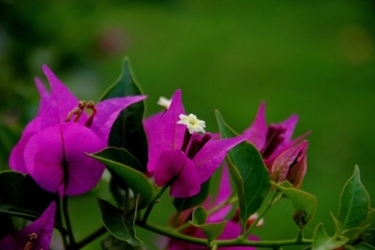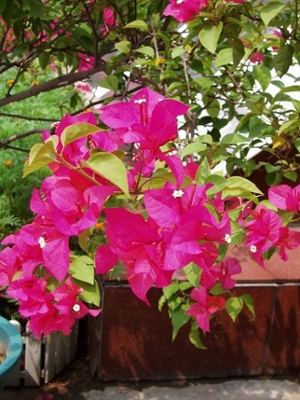
MinerAlert

MinerAlert
Bougainvillea spectabilis
Nyctaginaceae
Pokok bunga kertas, Bougenville.
Buganvilla, Bugambilea, Napoleón , Veranera, Trinitaria , Santa Rita, and Papelillo.

Principally the flowers, although the stem bark is sometimes used.

Safety/Precautions:
Before you decide to take any medicinal herb or herbal supplement, be sure to consult with your health care professional first. Avoid self-diagnosis and self-medication: Always be on the safe side!